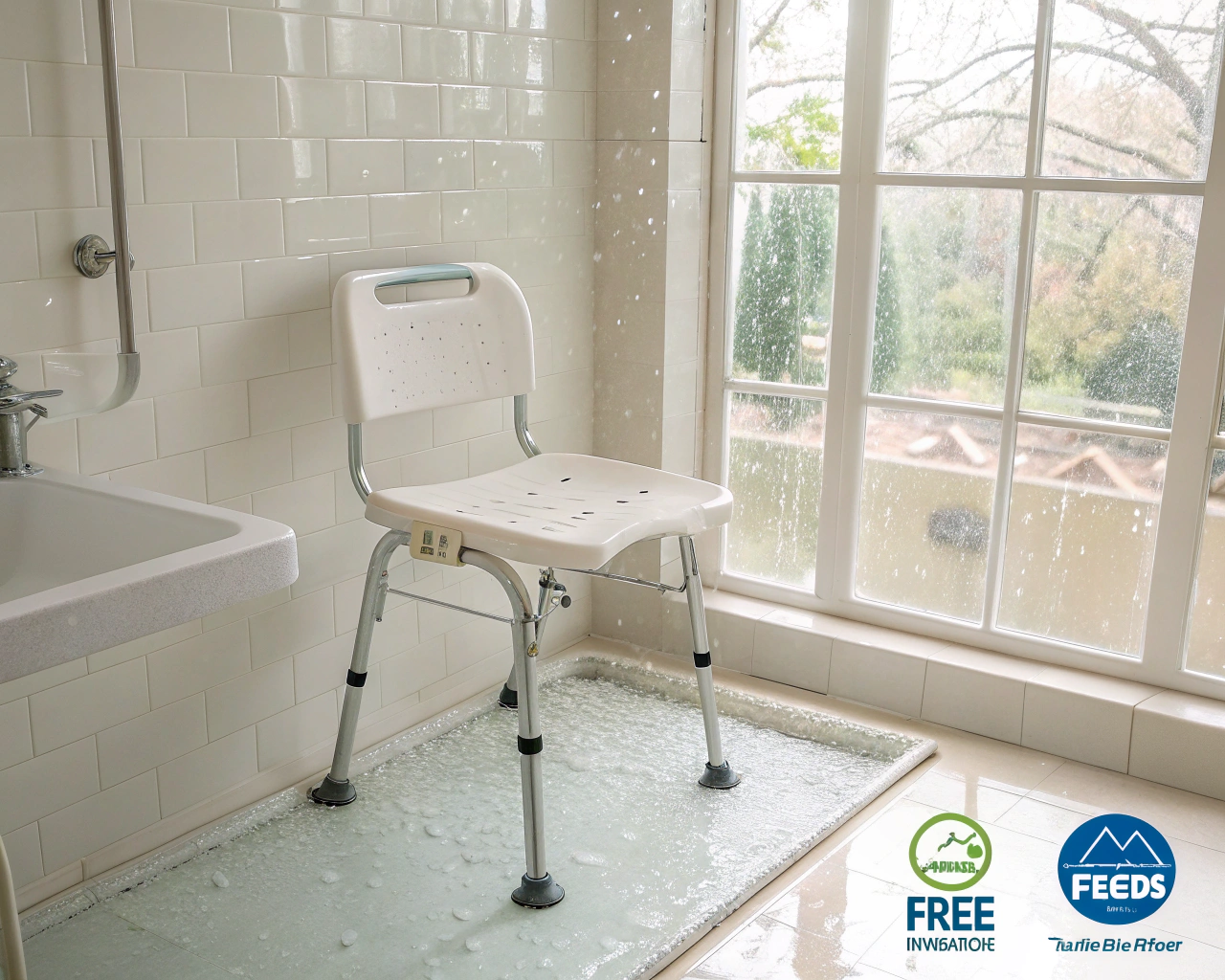Finding reliable internet connectivity when you're away from home or office can be challenging, yet increasingly necessary in today's remote work landscape. Whether you're working from a beachside café in the Dominican Republic or trying to boost a weak signal in a rural Airbnb, having the right tools can make all the difference between productivity and frustration.
Understanding Your Mobile Connectivity Options
The dream of working from anywhere often crashes against the reality of spotty internet connections. I've spent countless hours troubleshooting connectivity issues while trying to meet deadlines from various locations around the world. Through trial and error (and some expensive mistakes), I've discovered that having the right combination of devices is essential.
Mobile Hotspots vs. Wi-Fi Extenders: What's the Difference?
Before diving into specific recommendations, it's important to understand what these devices actually do:
Mobile Hotspots create an internet connection by tapping into cellular networks, then broadcasting that connection as Wi-Fi that your devices can connect to. They're essentially portable routers with their own data plans.
Wi-Fi Extenders (also called repeaters or boosters) take an existing Wi-Fi signal and amplify it to cover a larger area. They don't create internet connectivity—they just extend what's already there.
Many people confuse these technologies or expect one to perform the job of the other. I once lugged a bulky Wi-Fi extender to a remote cabin, only to discover there was no Wi-Fi signal to extend in the first place! A mobile hotspot would have been the right choice for that situation.
Top Mobile Hotspots for Digital Nomads
If you need internet access regardless of your location, a quality mobile hotspot is your best bet. Here are some standout options based on performance, battery life, and reliability:
1. Netgear Nighthawk M1
The Nighthawk M1 has been my go-to device for several years. It supports 4G LTE speeds up to 1Gbps (theoretical maximum) and can connect up to 20 devices simultaneously. The built-in battery lasts about 24 hours on standby or 5-6 hours of active use.
What sets it apart is its Ethernet port, which allows you to connect to wired networks when available and then share that connection wirelessly—incredibly useful in hotel rooms with only wired internet.
Price range: $250-350 (device only, service plan additional)
2. GlocalMe G4 Pro
The G4 Pro offers something unique: it works in over 140 countries without swapping SIM cards. It uses cloud SIM technology to connect to local networks automatically. While not always the cheapest option for data, the convenience factor is huge when crossing borders frequently.
Battery life is decent at around 15 hours, and it doubles as a power bank to charge your other devices in a pinch.
Price range: $150-200 (some data included initially)
3. Skyroam Solis Lite
If simplicity is your priority, the Solis Lite offers day passes for unlimited data in over 130 countries. The hockey-puck design is compact, and battery life extends to about 16 hours.
The downside? It's not the fastest option out there, typically delivering 4G speeds that hover around 10-15 Mbps in most locations. Still, that's enough for video calls and basic work functions.
Price range: $120-150 (device only, day passes or subscription plans additional)
Best Wi-Fi Extenders for Boosting Existing Signals
When you have access to Wi-Fi but the signal is weak or doesn't reach your preferred workspace, a Wi-Fi extender can be a lifesaver. Here are my top picks:
1. TP-Link RE650 AC2600
This powerhouse extender supports speeds up to 2600Mbps and uses four external antennas to maximize range. The RE650 has consistently performed well in my tests, even in buildings with thick walls or multiple floors.
A standout feature is its signal strength indicator, which helps you find the optimal placement—something I've found crucial for getting the best performance.
Price range: $90-120
2. NETGEAR EX7500 Nighthawk X4
The Nighthawk X4 creates a seamless mesh network with your existing router, meaning you don't have to manually switch between networks as you move around. It supports speeds up to 2200Mbps and covers up to 2000 square feet of additional space.
I particularly appreciate its dedicated backhaul band, which helps maintain speed even when extending the network.
Price range: $150-180
3. TP-Link RE220
For budget-conscious travelers, the RE220 offers solid performance at an affordable price. While it doesn't have the range or speed of premium options (650Mbps maximum), it's compact enough to throw in a laptop bag and has saved me countless times in hotel rooms where the Wi-Fi barely reached the desk.
Price range: $25-35
Can Wi-Fi Extenders Work with Mobile Hotspots?
A common question I receive is whether Wi-Fi extenders can boost the signal from a mobile hotspot. The short answer is yes—technically, most Wi-Fi extenders can connect to and amplify a hotspot signal.
According to a Spiceworks community discussion, there's no technical limitation preventing an extender from connecting to a hotspot's network. The extender simply sees it as another Wi-Fi network to extend.
However, there are practical considerations:
- Battery drain - Using an extender with a mobile hotspot means powering two devices, significantly reducing your working time away from outlets.
- Added latency - Each "hop" in your connection adds some delay, which can affect real-time applications like video conferencing.
- Speed limitations - You're essentially dividing an already limited cellular connection.
I tried this setup during a weekend trip to a lake house with poor cell reception. By placing the hotspot near a window where it got 2 bars of signal and then using an extender to reach my workspace, I was able to maintain a usable connection. Not ideal, but it worked in a pinch.
Optimizing Your Mobile Work Setup
Having the right hardware is just the beginning. Here are some strategies I've developed over years of remote work:
Finding the Sweet Spot for Signal Strength
When using mobile hotspots, slight adjustments in position can make a dramatic difference in performance. In one beachfront Airbnb in Punta Cana, moving my hotspot from the desk to the windowsill doubled my download speed from 8Mbps to 16Mbps—enough to make video calls stable instead of frustrating.
For Wi-Fi extenders, the general rule is to place them midway between your router and the dead zone, but not too far from either. Most extenders have signal strength indicators to help with optimal placement.
Dealing with Interference
Modern devices often create interference that affects Wi-Fi performance. Apple devices, in particular, use a technology called AWDL (Apple Wireless Direct Link) that can impact Wi-Fi speeds.
A Reddit user discovered that disabling AWDL fixed slow Wi-Fi speeds on their 2021 MacBook Pro. This can be done temporarily using Terminal commands, though it disables AirDrop and other direct connection features.
sudo ifconfig awdl0 down
To turn it back on:
sudo ifconfig awdl0 up
I've found this particularly helpful when working in crowded cafés with many Apple devices competing for bandwidth.
Data Management Strategies
Mobile data can be expensive, so managing your usage is crucial:
- Set up metered connections on your devices to prevent automatic updates
- Download essential work materials when you have reliable Wi-Fi
- Use data compression tools like Google's Data Saver extension
- Monitor your usage with apps provided by your carrier or hotspot
Last summer, I nearly exhausted a month's data allocation in three days because Windows decided to download updates in the background while I was tethered to my hotspot. Setting connections as metered prevents these unwelcome surprises.
How Do Professionals Stay Connected Anywhere?
According to Digital Nomad Lifestyle, professionals who work remotely around the world typically employ a multi-layered approach to connectivity:
- Research beforehand - Using resources like Nomad List to identify locations with reliable internet
- Always have backup options - Carrying both a dedicated hotspot and phone tethering capability
- Invest in local SIMs for longer stays in one country
- Use apps like SpeedTest to verify connection quality before important meetings
This redundancy approach has saved me countless times. When a storm knocked out the Wi-Fi at my coastal rental in Portugal, I was able to switch seamlessly to my mobile hotspot and continue an important client call without interruption.
Common Questions About Mobile Internet Solutions
Can I Get Free Wi-Fi Anywhere?
Despite what some clickbait articles suggest, there's no magic solution for free internet everywhere. As a Reddit user bluntly put it, "every Wi-Fi network has a paid connection to the Internet in some form."
While public Wi-Fi exists in many places, it's rarely reliable enough for professional work. Libraries, cafés, and some public spaces offer free connections, but they often come with limitations in speed, security, or time allowed.
Are There Special Extenders for Mobile Hotspots?
You don't need a special extender specifically designed for mobile hotspots. According to Quora responses, standard Wi-Fi extenders will work with mobile hotspots just as they do with regular routers. The extender simply "sees" a Wi-Fi network and extends it regardless of the source.
That said, some newer travel routers combine hotspot and extender functionality in one device, which can be more efficient for frequent travelers.
How Can I Secure My Connection When Working Remotely?
Security is a major concern when working on public networks or through extended hotspots. I always recommend:
- Using a reliable VPN service
- Enabling two-factor authentication on important accounts
- Avoiding sensitive transactions on public networks
- Keeping your devices updated with security patches
I learned this lesson the hard way after connecting to an unsecured "Free_Airport_WiFi" network (not the official airport network) during a layover. Within hours, I started receiving password reset notifications from several accounts. A VPN would have encrypted that connection and potentially prevented the issue.
Final Thoughts: Building Your Mobile Work Arsenal
There's no one-size-fits-all solution for staying connected while working remotely. The ideal setup depends on your specific needs, budget, and travel patterns.
For occasional remote workers who stay within their home country, a phone with good tethering capabilities and perhaps a compact Wi-Fi extender for hotel rooms might be sufficient.
Digital nomads crossing borders regularly might invest in a dedicated international hotspot with flexible data plans, plus a premium extender for maximizing connectivity in various accommodations.
Whatever your situation, remember that connectivity tools are productivity investments. That $200 hotspot or $100 extender quickly pays for itself when it enables you to meet a deadline or nail an important presentation from wherever you happen to be working that day.
The freedom to work from anywhere is powerful—but only when you can actually connect to make it happen.





